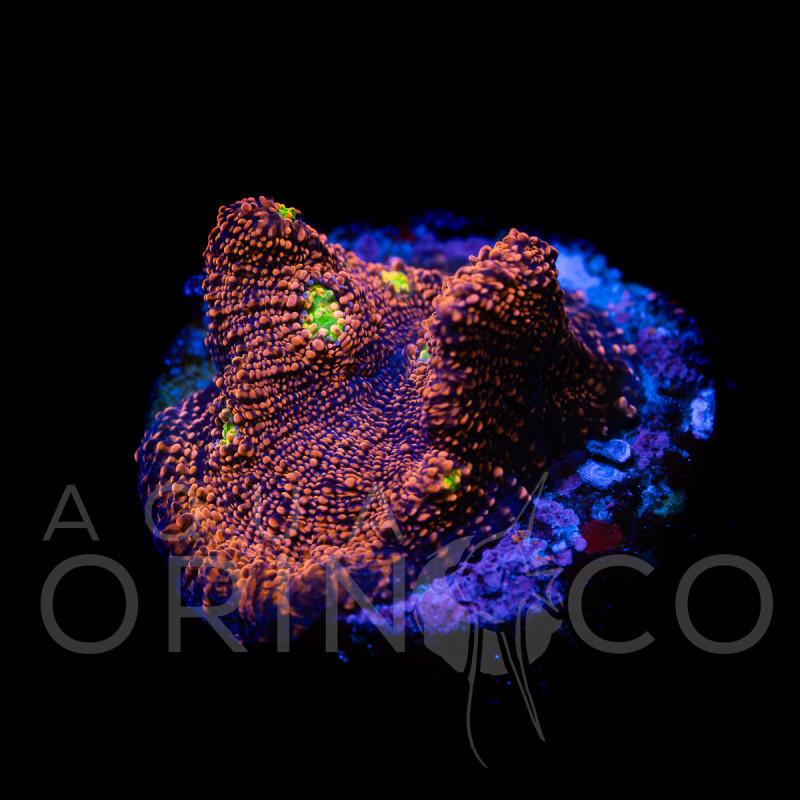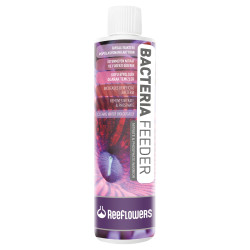More info
Echinophyllia sp. JF Pink Boobies
One of a kind - "WYSIWYG"!
What You See Is What You Get
Echinopora, Oxypora, Mycedium, and even Lithophyllon. As such, care will be more generalized than what is seen in other corals because these are very different corals all grouped together.
Although exact classification may be a tricky subject, the impact of Chalice Corals on the reefing hobby is remarkable. Chalices are one of the most desirable Large Polyp Stony (LPS) corals. Their colors and patterns are often intensely fluorescent and can display stunning patterns.
Location
In terms of natural distribution, Chalice corals are found throughout the Pacific Ocean. Given their wide distribution, one would assume they are readily available in the hobby, but lately, that has not been the case. At the time of this listing, there was a current import/export ban in Indonesia and Fiji, where many of these corals come from, so most specimens currently available in the trade are sourced from Australia.
Lighting
Moderate lighting levels around 100 PAR. Most chalices are adaptable to different lighting intensities, but the first priority should always be "do not fry the coral with too much light." It doesn't take long to expose the coral to too much light, which can lead to bleaching and a rapid health decline. It's much better to provide under-par lighting and slowly correct the situation by adjusting the light or coral position, rather than accidentally bleaching the coral and then trying to help it recover afterward.
Chalice corals are fairly consistent with their coloration. There is always some variability, and an occasional coral MAY change color noticeably, but overall there isn’t much to gain by tweaking lighting. Moderate, consistent lighting—then just let the coral adapt to the conditions on its own.
Many Chalice species are highly fluorescent under actinic blue LED lights and are true showstoppers. Even with a T5 tube lamp, you may lose some color—chalices under actinic LED lighting show incredible colors.

Low light |
Low light is between 30 and 50 PAR per unit area |

Medium light |
Medium light is between 50 - 150 PAR per unit area |
|
High light |
High light is above 150 PAR per unit area |
Water Flow
Moderate water movement is recommended.
If the flow is too low, you risk allowing debris to settle on the colonies, creating dead spots. Several Chalice coral species naturally form circular colonies, and there must be enough flow to sweep away anything that would otherwise settle in the center. Too much flow, and you risk the coral falling off the rock.
Feeding
Chalices are considered photosynthetic corals, meaning they have a symbiotic relationship with dinoflagellates living in their tissues, called zooxanthellae. The zooxanthellae are the organisms that perform photosynthesis, but the coral benefits by feeding on the by-products of that activity, namely the simple sugars that are produced.
Although Chalice corals derive much of their nutritional needs from photosynthesis, they are also capable of feeding. We have tried feeding them with various types of food—frozen, pellets, and more. Chalices don’t show pronounced polyp extension, so their feeding response may be hard to visualize. Typically, they use a mucus layer to trap food and slowly move it to their mouths.
Feeding can be hit or miss, so you’ll have to experiment to find out what works best for your Chalice.

Aggression
Chalice corals are aggressive. Only a few varieties extend their tentacles, but any body contact between a Chalice and another coral will be highly volatile.










